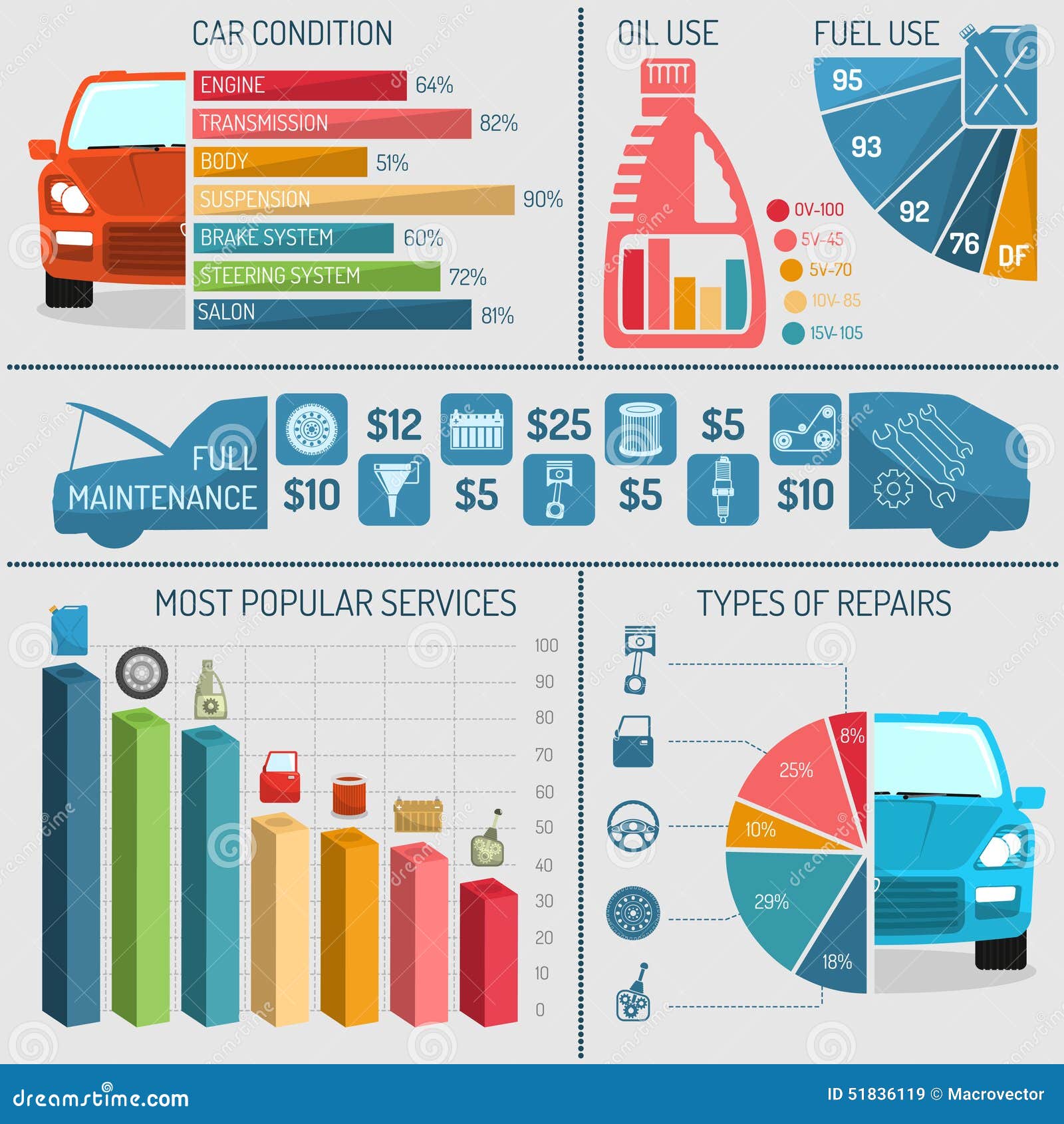Evaluating Your Cars And Truck'S Warning Indicators: What They Really Share
Evaluating Your Cars And Truck'S Warning Indicators: What They Really Share
Blog Article
Authored By-Samuelsen Shepherd
When you're behind the wheel, those glowing warning lights on your dashboard can be a bit complicated. Do you know what they're trying to tell you concerning your vehicle's wellness? Understanding the value of these lights is essential for your safety and security and the durability of your automobile. So, the following time one of those lights turns up, would not you wish to decode its message precisely and take the required steps to address it?
Common Caution Lights and Interpretations
Identify typical warning lights in your vehicle and recognize their definitions to ensure secure driving.
The most common caution lights include the check engine light, which signals problems with the engine or emissions system. If this light comes on, it's critical to have your vehicle examined quickly.
simply click the following post advising light shows low oil stress, calling for prompt interest to prevent engine damage.
A flashing battery light might suggest a faulty charging system, possibly leaving you stranded otherwise addressed.
The tire pressure monitoring system (TPMS) light signals you to reduced tire pressure, impacting automobile security and gas effectiveness. Overlooking Read This method could lead to harmful driving problems.
The ABS light shows a trouble with the anti-lock braking system, endangering your ability to quit swiftly in emergency situations.
https://www.pymnts.com/earnings/2022/with-new-cars-in-short-supply-consumers-are-fixing-their-existing-cars/ but not least, the coolant temperature level cautioning light warns of engine getting too hot, which can result in extreme damage if not fixed quickly.
Comprehending these typical warning lights will certainly help you deal with problems without delay and preserve risk-free driving conditions.
Value of Prompt Attention
Recognizing the typical caution lights in your automobile is only the primary step; the relevance of without delay resolving these warnings can't be emphasized enough to ensure your safety when traveling.
When a caution light illuminates on your control panel, it's your cars and truck's way of connecting a possible problem that requires attention. Ignoring these cautions can result in a lot more serious issues later on, compromising your safety and security and potentially costing you extra out of commission.
Motivate interest to alerting lights can prevent breakdowns and accidents. As an example, a blinking check engine light can indicate a misfire that, if left unattended, might create damage to the catalytic converter. Addressing this without delay can conserve you from an expensive repair service.
Likewise, a brake system alerting light might signal low brake liquid or used brake pads, essential elements for your safety and security when driving.
Do It Yourself Troubleshooting Tips
If you discover a warning light on your control panel, there are a couple of DIY troubleshooting suggestions you can attempt before seeking professional help.
The first step is to consult your car's manual to recognize what the certain warning light indicates. Often the concern can be as simple as a loosened gas cap activating the check engine light. Tightening up the gas cap might deal with the problem.
One more typical concern is a low battery, which can activate numerous alerting lights. Inspecting the battery links for deterioration and guaranteeing they're safe might fix the problem.
If a caution light continues, you can attempt resetting it by disconnecting the cars and truck's battery for a few mins and afterwards reconnecting it. In addition, checking your automobile's liquid degrees, such as oil, coolant, and brake liquid, can help troubleshoot advising lights connected to these systems.
Final thought
To conclude, recognizing your vehicle's caution lights is essential for maintaining your vehicle running efficiently and safely. By immediately resolving these notifies and recognizing what they indicate, you can stay clear of expensive fixings and potential break downs.
Bear in mind to consult your automobile's guidebook for particular details on each warning light and take action accordingly to make sure a hassle-free driving experience.
Remain informed, remain risk-free when traveling!
